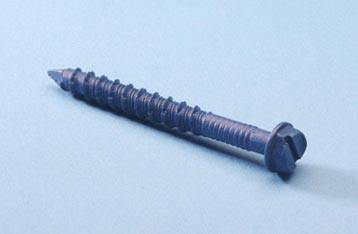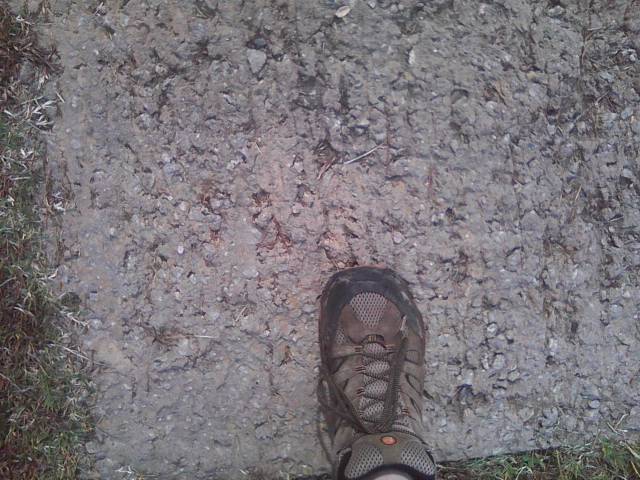- Joined
- Jul 29, 2009
- Messages
- 16,383
Fly 18 has material "made" for disc golf.
you may also want to check out this thread from DiscGolfers R.Us.
you may also want to check out this thread from DiscGolfers R.Us.
Last edited:
Good links and info all around. I'll have to take the measuring tape out there to see what size the tees are, they're on the smallish side. I'll need like weather resistant screws and big washers to anchor them into the tees, right? This is going to be an interesting project but I might actually find something at the local tractor supply stores, maybe.

Here's a pic I snapped today:

Here's a pic I snapped today:

Tapcons are self tapping so to speak, but they are not that heavy duty and you have a hex head sticking up as a tripping hazard maybe. I might be tempted to use these....http://www.powers.com/product_05548.php Just drill hole and hammer in. Smooth rounded head and it will still work with a washer. God help you if you have to remove them, though. That may be a drawback.
Tapping refers to cutting threads, not to pre-drilling a pilot hole. Most fasteners require you pre-drill a hole if it's going into concrete (although I believe there are some which don't)
Most fasteners need an anchor of some sort into which their threads can engage. Self-tapping fasteners do not, as they are designed to cut their own threads into certain types of material... concrete in this case. Regular self-tapping screws won't cut threads in concrete - Tapcons will.
Not saying they are the best alternative... just clarifying a point.
Red Heads may be an inexpensive way to go, that can be removed without too much hassle if needed.
Might also consider an extension of the tee pad up front to create the plant and turn area
Here's a pic I snapped today:
